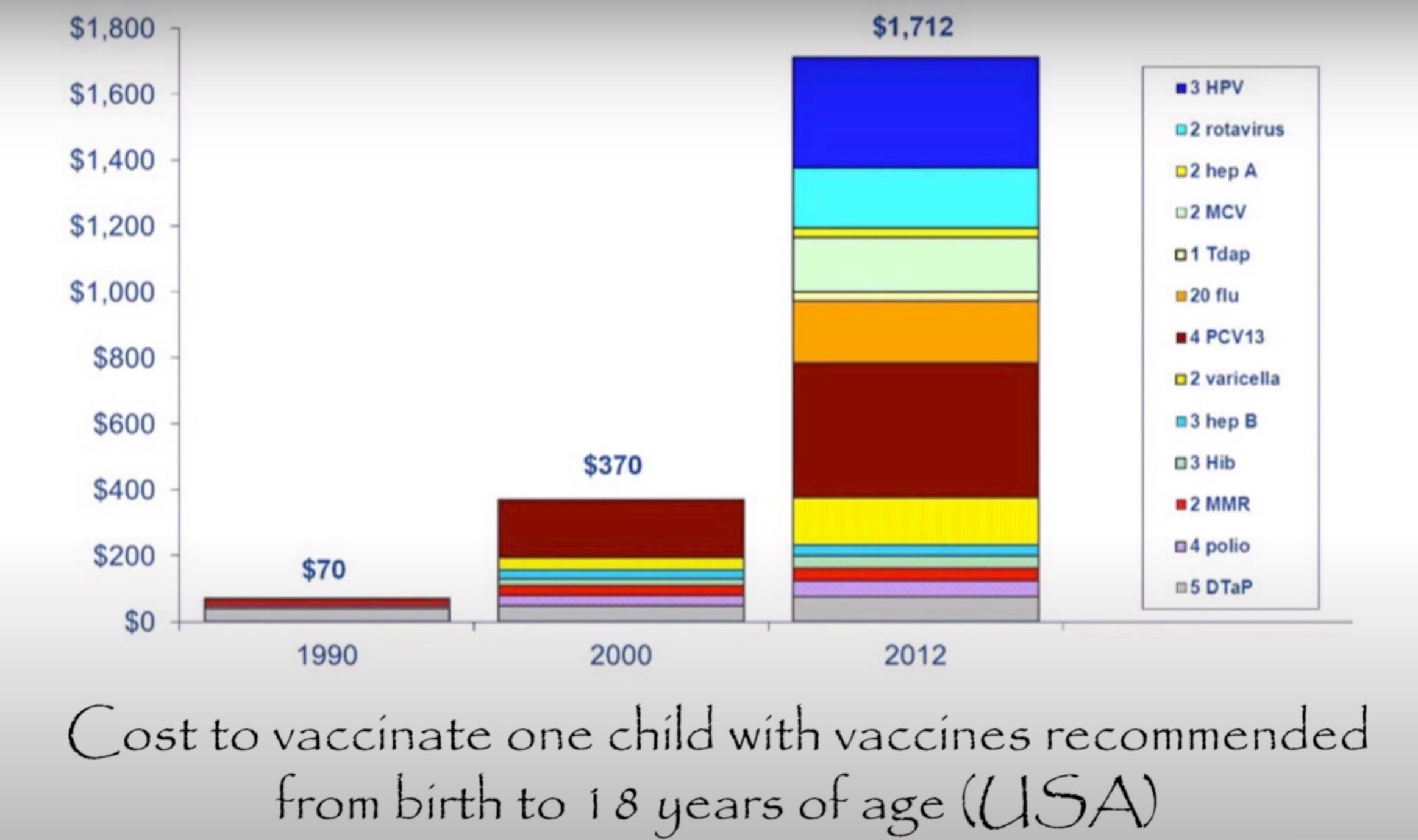False
Unlike in the US, Australian vaccine suppliers can be sued for damages from vaccines (see below).
However, the legal cost is so high that few attempt it and the settlement amounts are kept secret. Also no liability is accepted.
One highly visible case was a settlement for 11-month-old Saba Button, severely disabled after flu vaccine in 2010, but it remains a rarity despite large numbers of vaccine injuries detected in the US.
In contrast, the Australian government declared in 2020 that vaccine makers and suppliers are not liable for any untoward effects from COVID-19 vaccines.
Despite this, the government refused to set up a statutory compensation scheme, about which the president of the Australian Medical Association, Omar Khorshid, said meant Australians who suffered ‘extremely rare’ side effects from the vaccines would face a tough battle to seek compensation (his ‘extremely rare’ belief has been negated by the high numbers picked up in the US).
To better illustrate the scope of this issue, the US experience is presented:
In the early 80s, US vaccine manufacturers claimed the damages they were paying out for vaccine injuries were costing them many times more than their profits.
Admitting that a completely safe vaccine was impossible to formulate, they threatened to stop making vaccines altogether.
Every year 35,000 children suffer neurological damage related to the DPT vaccine. —US Senate Committee testimony, May 3, 1985
Edward Grant, Jr, US Assist. Secretary of Health
As a result, in 1986 the US vaccine industry was granted exemption from all liability via the National Childhood Vaccine Injury Act (NCVIA).
Instead, via a tax on vaccines delivered, taxpayers now fund the federal “vaccine court” (officially, the National Vaccine Injury Compensation Program) rather than a portion of the profits of the vaccine manufacturers.
The US federal program, the Vaccine Adverse Events Reporting System (VAERS), was created to award damages to the vaccine-injured with taxpayer money. This now freed the manufacturers to develop many new vaccines, with little regard for their safety.
As yet, Australia has no similar program. Many believe that mandating childhood vaccination without providing no-fault injury compensation schemes for vaccine injuries abrogates the social contract.
A direct outcome from this decision is that the U.S. vaccine schedule more than tripled since the 1986 NCVIA act, because the CDC rapidly approved and recommended increasing numbers of childhood vaccines to the schedule of doses.
The only safe vaccine is one that is never used.
In addition to the resulting rapid increase in the number of vaccines given, only a tiny fraction of the hundreds of thousands of vaccine-damaged children receive any compensation. Their awards are capped at $250,000, which is inadequate to cover many serious injuries. For example, the cost of the care for a brain-injured child has been calculated at over $2 million.
While the vaccine court denies most claims, by 2020, over $4.5 billion of taxpayer money has been awarded to partially compensate vaccine-damaged families—a tiny fraction of what most families need.
COVID Vaccine Liability in Australia
In 2020, the Australian government declared that vaccine makers are not liable for any untoward effects from COVID-19 vaccines.
However, the government refused to set up a statutory compensation scheme, which the president of the Australian Medical Association, Omar Khorshid, said meant Australians who suffered ‘extremely rare’ side effects from the vaccines would face a tough battle to seek compensation.
